Home>Home Appliances>Laundry Appliances>What Does E Fl Mean On A Washing Machine
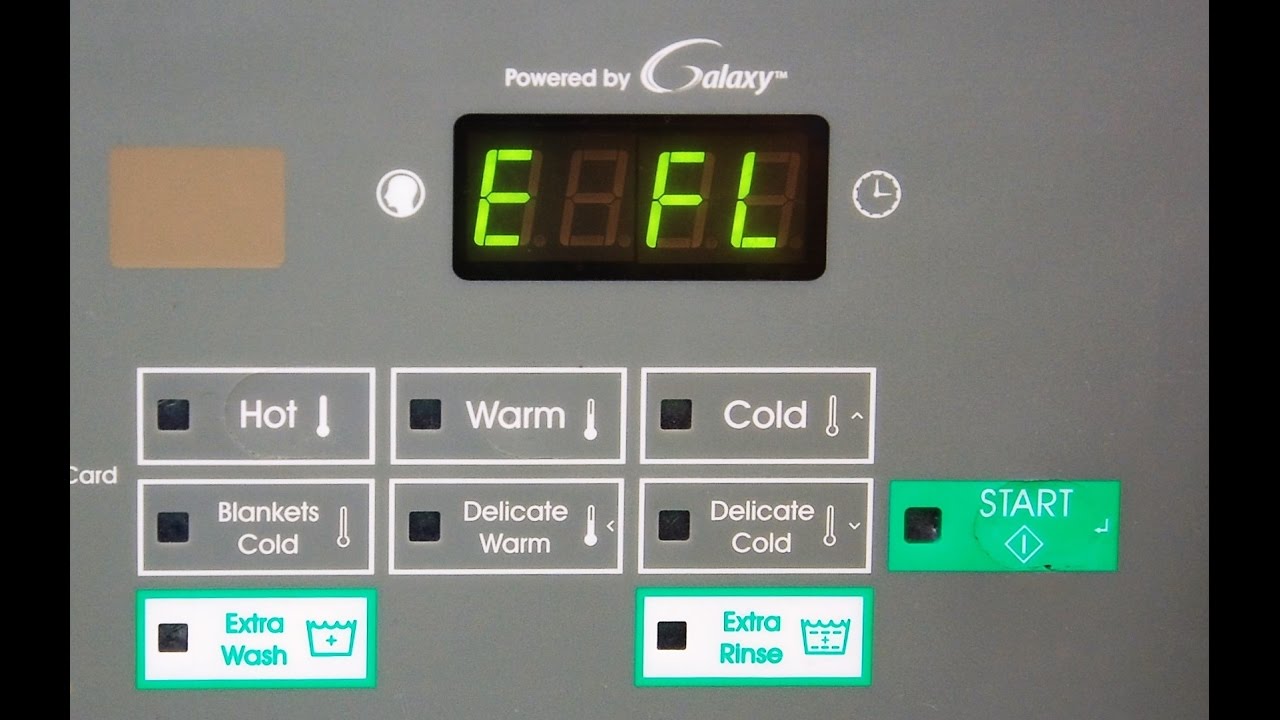

Laundry Appliances
What Does E Fl Mean On A Washing Machine
Published: February 21, 2024
Discover the meaning of "E FL" on your washing machine and troubleshoot laundry appliance issues. Get expert tips on resolving error codes and maintaining your laundry appliances.
(Many of the links in this article redirect to a specific reviewed product. Your purchase of these products through affiliate links helps to generate commission for Storables.com, at no extra cost. Learn more)
Understanding the E FL Error Code
If you've ever been greeted by the perplexing E FL error code on your washing machine's display panel, you're not alone. This enigmatic code can leave even the most seasoned laundry aficionados scratching their heads in confusion. However, fear not, as we're here to unravel the mystery behind this cryptic message.
The E FL error code is a signal from your washing machine that something isn't quite right. It's essentially the appliance's way of communicating that it has encountered an issue that requires attention. Understanding this code is the first step toward resolving the underlying problem and getting your laundry routine back on track.
The "E" in the error code stands for error, while "FL" indicates a problem with the washer's water supply. This could mean that the water isn't flowing into the machine as it should, or there may be an issue with the water pressure or water inlet valve. Essentially, the E FL error code is the washing machine's way of saying, "Houston, we have a water-related problem."
When this error code appears, it's essential to take a moment to assess the situation. Is the water supply to the machine turned on? Are the inlet hoses kinked or obstructed? These are some initial considerations to keep in mind when faced with the E FL error code.
It's important to note that the specific meaning of the E FL error code can vary depending on the make and model of your washing machine. While the general interpretation relates to a water supply issue, the underlying cause may differ based on the manufacturer's design and error code system.
In some instances, the E FL error code may be accompanied by audible signals or additional visual indicators, providing further clues about the nature of the problem. Paying attention to these supplementary signals can offer valuable insights into the root cause of the error.
In summary, the E FL error code on a washing machine is a clear indication that there's a hiccup in the water supply system. By understanding the significance of this code and delving into the specific circumstances surrounding its appearance, you can embark on the journey to troubleshoot and resolve the underlying issue, ultimately restoring your washing machine to its optimal functionality.
Key Takeaways:
- When your washing machine shows the E FL error code, it means there’s a problem with the water supply. Check for kinks in the hoses and make sure the water is flowing properly to fix it.
- To prevent the E FL error, regularly maintain your washing machine, ensure proper installation, manage water pressure, and address any issues promptly. This proactive approach keeps your appliance running smoothly.
Read more: What Does Fl Lo Mean On Maytag Washer
Common Causes of the E FL Error Code
The E FL error code on a washing machine can stem from various underlying issues, each of which demands attention to restore the appliance to its normal operation. Understanding the common causes of this error code is pivotal in effectively diagnosing and resolving the problem. Here are the prevalent culprits behind the E FL error code:
-
Water Supply Issues: One of the primary causes of the E FL error code is a disruption in the water supply to the washing machine. This can manifest in several ways, such as a kinked inlet hose, a closed water supply valve, or a clogged inlet filter. Any of these issues can impede the flow of water into the machine, triggering the E FL error code.
-
Low Water Pressure: In some instances, the E FL error code may indicate low water pressure reaching the washing machine. This can occur due to insufficient water flow from the main supply, a partially closed water valve, or a blockage in the water lines. When the machine detects inadequate water pressure, it signals the E FL error code to alert users to this issue.
-
Faulty Water Inlet Valve: The water inlet valve is a critical component responsible for regulating the flow of water into the washing machine. If this valve malfunctions or becomes clogged with debris, it can hinder the proper influx of water, leading to the E FL error code.
-
Inadequate Water Supply: Another common cause of the E FL error code is an inadequate water supply reaching the machine. This can occur if the water inlet hose is not fully connected, the water supply is turned off, or there are restrictions in the water lines, preventing the washing machine from receiving the required amount of water.
-
Electronic Control Board Malfunction: In some cases, the E FL error code may be triggered by a malfunction in the washing machine's electronic control board. This essential component oversees various functions of the appliance, including water intake and distribution. If the control board fails to communicate effectively with the water inlet valve or sensors, it can result in the display of the E FL error code.
By familiarizing yourself with these common causes of the E FL error code, you can embark on a targeted troubleshooting process to identify and address the specific issue affecting your washing machine. This understanding empowers you to take proactive measures to rectify the problem, ensuring that your appliance operates seamlessly and efficiently.
E FL on a washing machine usually means there is a problem with the water drainage. Check for clogged hoses or filters, and ensure the machine is level to allow proper drainage. If the issue persists, consult the user manual or contact the manufacturer for further assistance.
Troubleshooting the E FL Error Code
When faced with the enigmatic E FL error code on your washing machine, embarking on a systematic troubleshooting process is essential to pinpoint and resolve the underlying issue. By following a structured approach, you can effectively address the error and restore your appliance to its optimal functionality. Here's a comprehensive guide to troubleshooting the E FL error code:
-
Check the Water Supply: Begin by ensuring that the water supply to the washing machine is fully operational. Verify that the water valves connected to the inlet hoses are open and allowing a steady flow of water. If the valves are partially closed or obstructed, it can lead to insufficient water intake, triggering the E FL error code.
-
Inspect the Inlet Hoses: Examine the inlet hoses for any kinks, twists, or blockages that may impede the water flow. Straighten out any kinks and ensure that the hoses are not compressed or restricted in any way. Additionally, check for debris or sediment accumulation in the hose filters, as this can hinder the water supply to the machine.
-
Clear Inlet Filters: If the inlet hoses are equipped with filters, remove them and clean out any accumulated debris or sediment. Over time, these filters can become clogged, obstructing the water flow and prompting the E FL error code. Thoroughly rinsing the filters can help restore unimpeded water intake.
-
Verify Water Pressure: Confirm that the water pressure reaching the washing machine meets the manufacturer's specified requirements. Inadequate water pressure can trigger the E FL error code, indicating a deficiency in the water supply. If necessary, adjust the main water valve to ensure optimal water pressure for the appliance.
-
Examine the Water Inlet Valve: Inspect the water inlet valve for any signs of damage or blockages. The inlet valve is responsible for regulating the flow of water into the washing machine, and any malfunction in this component can lead to the E FL error code. If the valve is faulty or obstructed, it may need to be repaired or replaced.
-
Reset the Washing Machine: In some cases, resetting the washing machine can clear temporary errors, including the E FL code. Turn off the machine, unplug it from the power source, and wait for a few minutes before plugging it back in and restarting. This simple reset may resolve the error and restore normal operation.
-
Consult the User Manual: Refer to the washing machine's user manual for specific troubleshooting steps recommended by the manufacturer. The manual may provide detailed instructions for addressing the E FL error code based on the appliance's unique design and features.
By methodically troubleshooting the E FL error code using these steps, you can identify and address the root cause of the issue, facilitating the seamless operation of your washing machine. This proactive approach empowers you to tackle the error with confidence, ensuring that your appliance continues to deliver reliable performance in your laundry endeavors.
Preventing the E FL Error Code
Preventing the E FL error code on your washing machine involves proactive measures aimed at maintaining the optimal functionality of the appliance and mitigating potential issues that could lead to this error. By implementing preventive strategies, you can minimize the likelihood of encountering the E FL code, ensuring a seamless and uninterrupted laundry experience. Here are essential steps to prevent the E FL error code:
-
Regular Maintenance: Engaging in routine maintenance of your washing machine is paramount in preventing the occurrence of the E FL error code. This includes inspecting and cleaning the inlet hoses, ensuring that they are free from kinks, twists, or blockages. Additionally, periodically checking and cleaning the inlet filters can help prevent sediment and debris buildup, which can impede water flow and trigger the error code.
-
Proper Installation: Ensuring the correct installation of your washing machine is crucial in averting the E FL error code. When setting up the appliance, carefully connect the water inlet hoses, ensuring that they are not twisted or bent. Properly securing the hoses and verifying that the water supply valves are fully open can prevent issues related to water flow and pressure, minimizing the risk of encountering the error code.
-
Water Pressure Management: Maintaining consistent and adequate water pressure is essential for preventing the E FL error code. Regularly assess the water pressure reaching the washing machine and make adjustments as needed to align with the manufacturer's specifications. Proper water pressure not only promotes efficient washing performance but also reduces the likelihood of triggering error codes related to water supply issues.
-
Prompt Repairs: Addressing any signs of water inlet valve malfunctions or leaks promptly can help prevent the E FL error code. If you notice irregularities such as water leakage or unusual sounds emanating from the water inlet valve, seek professional repairs to rectify the issue before it escalates and triggers error codes on the washing machine.
-
Mindful Operation: Practicing mindful operation of the washing machine can contribute to error prevention. Avoid overloading the machine, as this can strain the water supply system and potentially lead to the E FL error code. Adhering to the recommended load capacities and operating guidelines outlined in the user manual can help maintain the optimal functioning of the appliance.
By proactively implementing these preventive measures, you can significantly reduce the likelihood of encountering the E FL error code on your washing machine. Prioritizing regular maintenance, proper installation, water pressure management, prompt repairs, and mindful operation fosters a proactive approach to error prevention, ensuring that your appliance operates reliably and efficiently.
Frequently Asked Questions about What Does E Fl Mean On A Washing Machine
Was this page helpful?
At Storables.com, we guarantee accurate and reliable information. Our content, validated by Expert Board Contributors, is crafted following stringent Editorial Policies. We're committed to providing you with well-researched, expert-backed insights for all your informational needs.
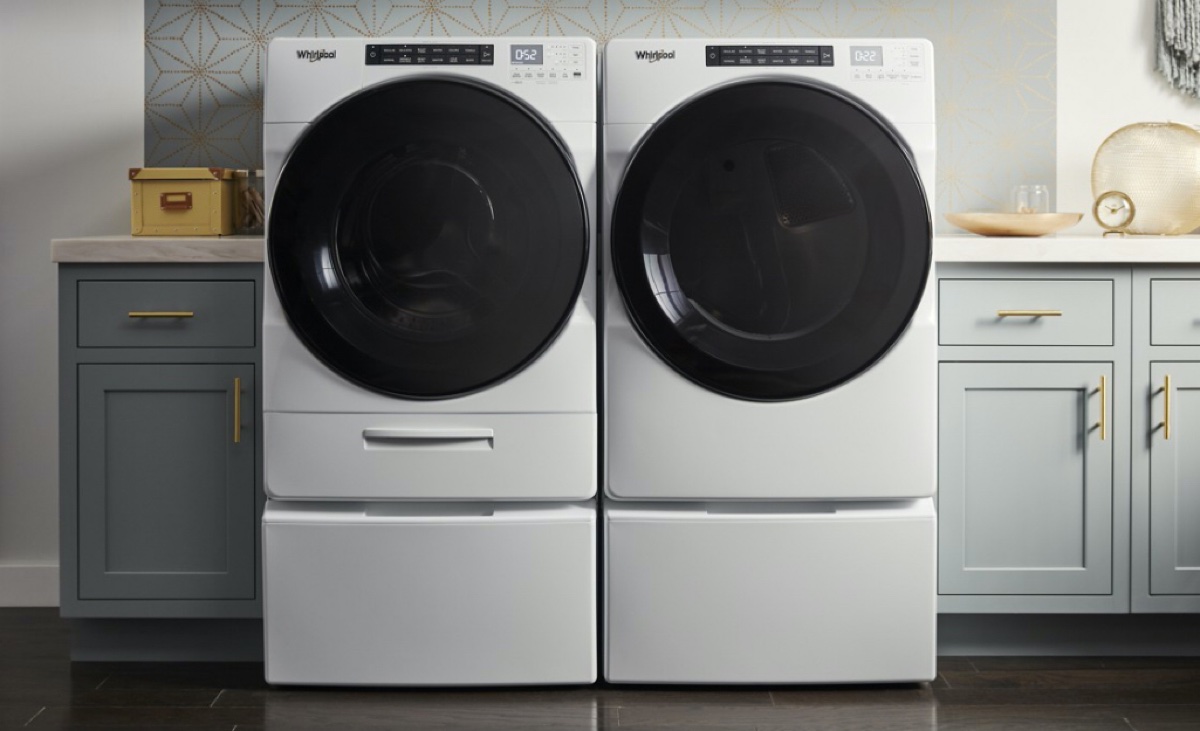
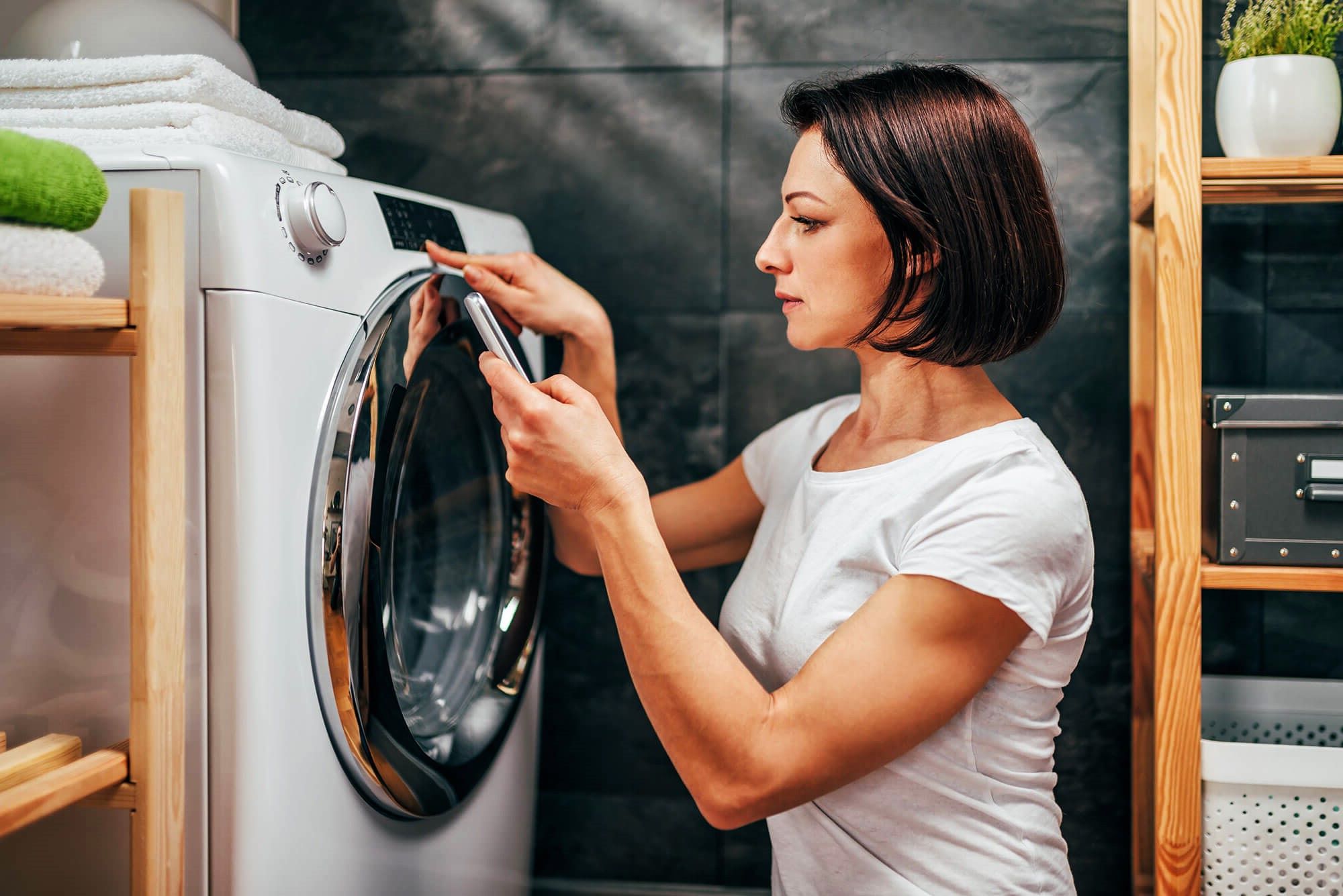
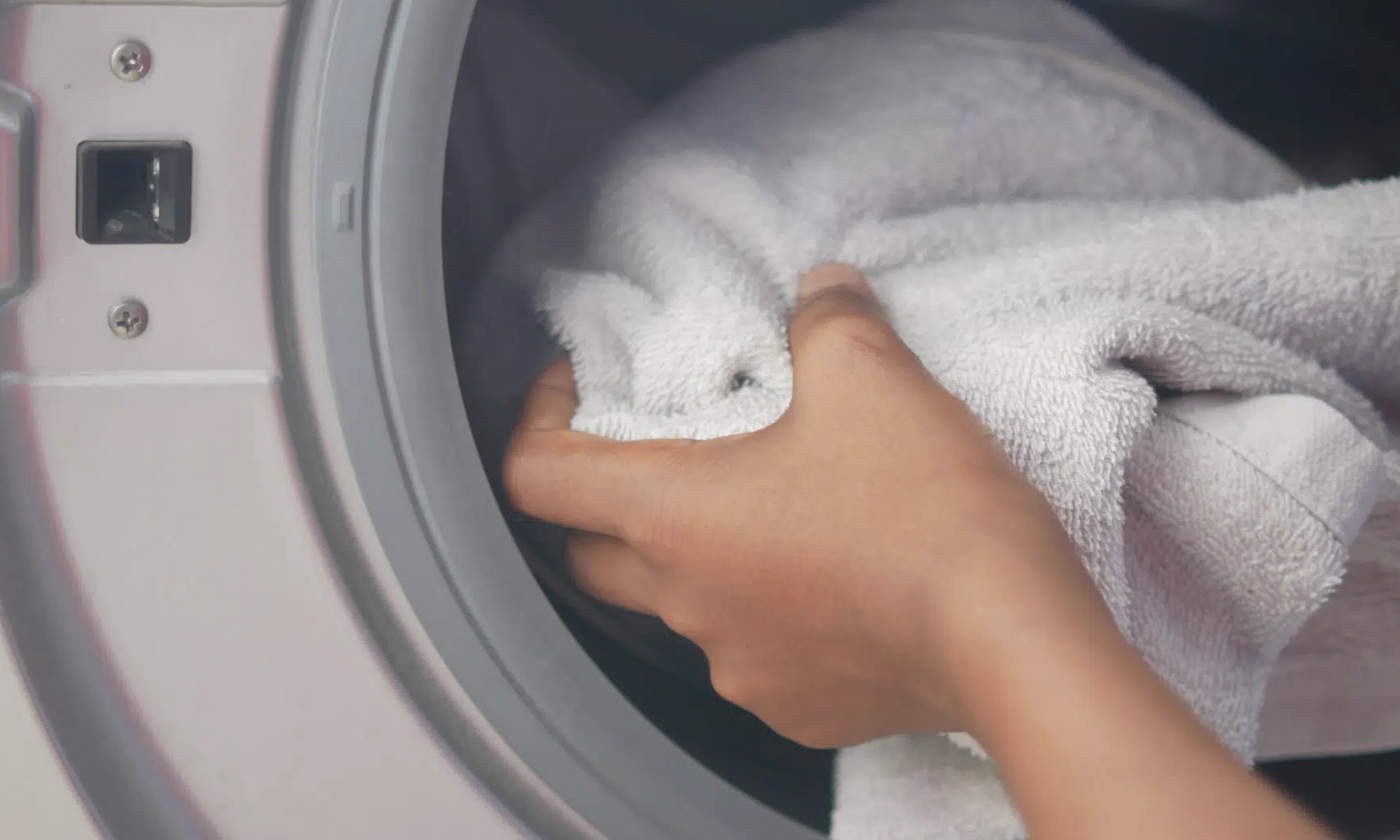
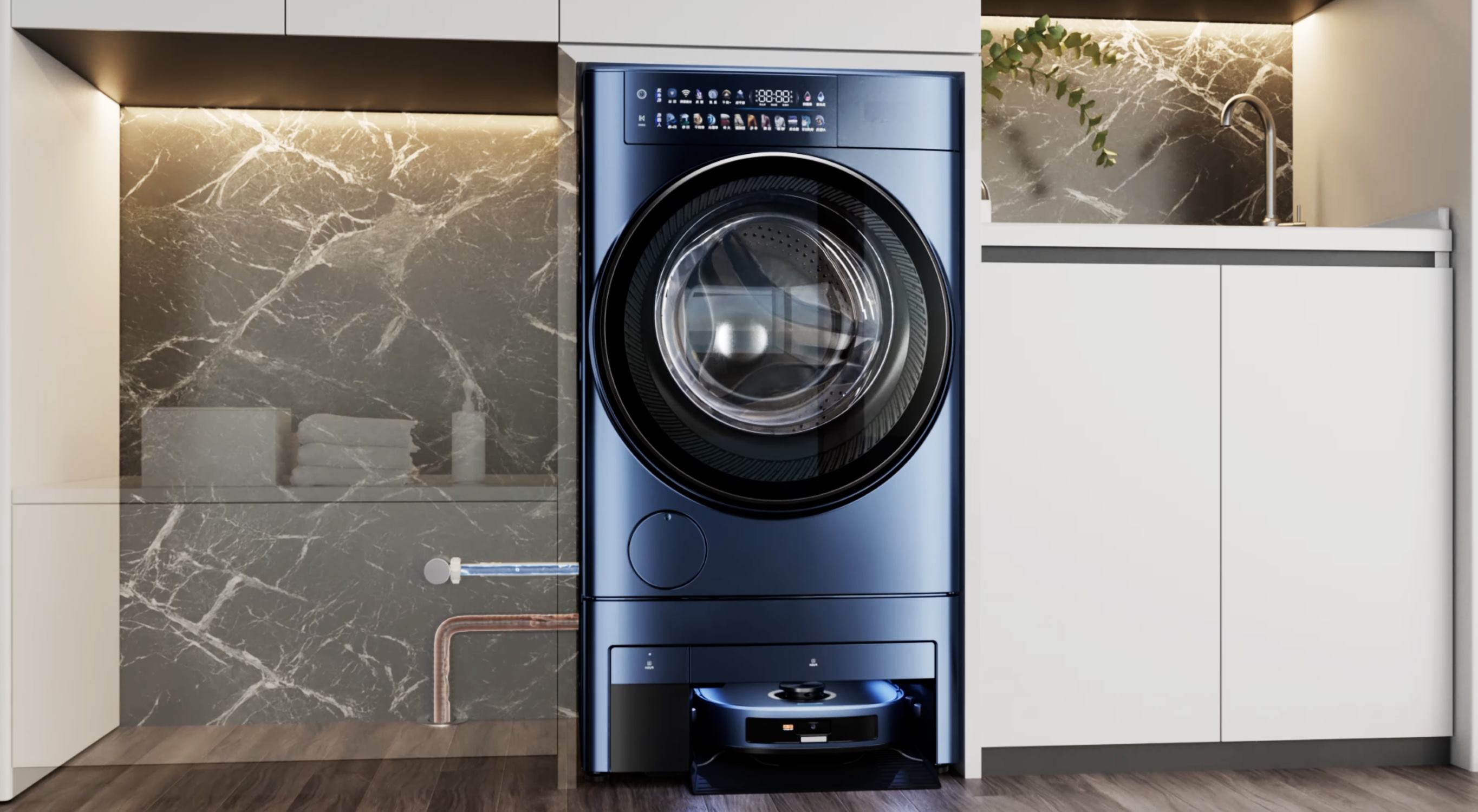
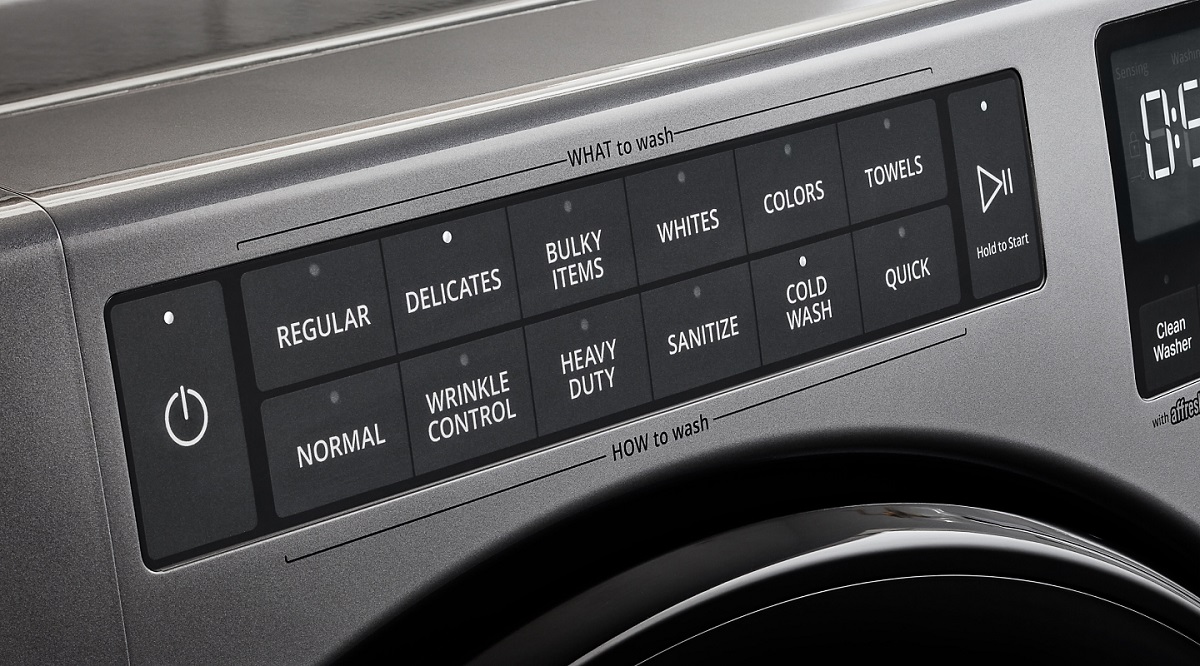
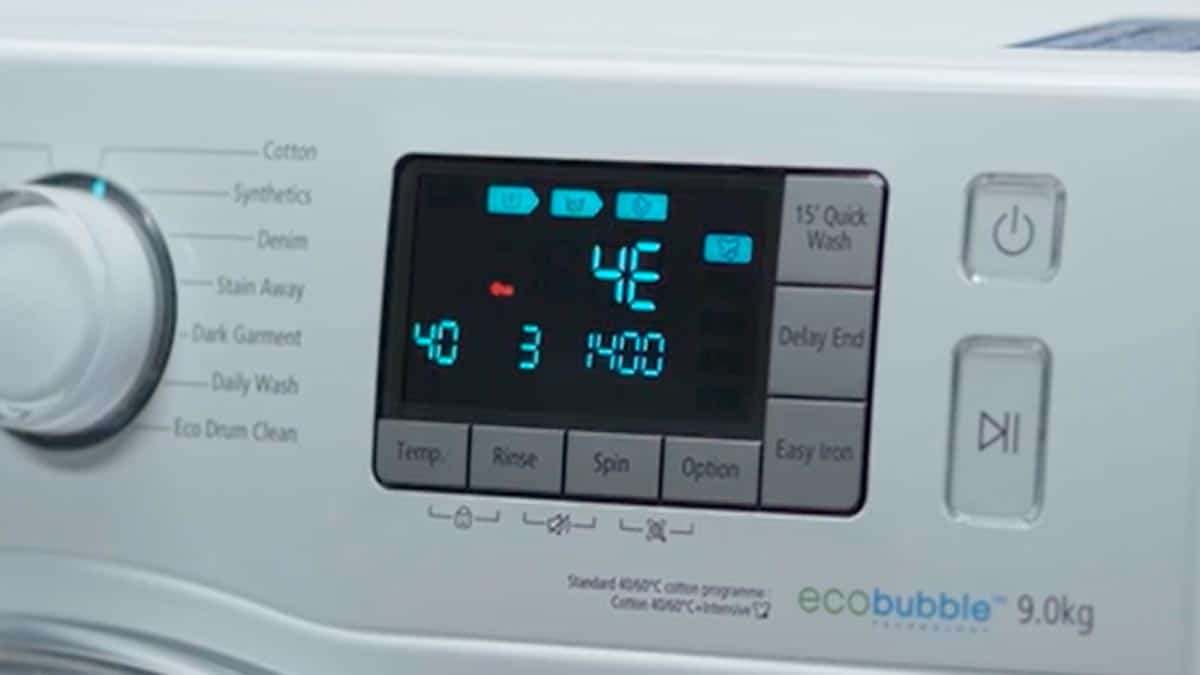
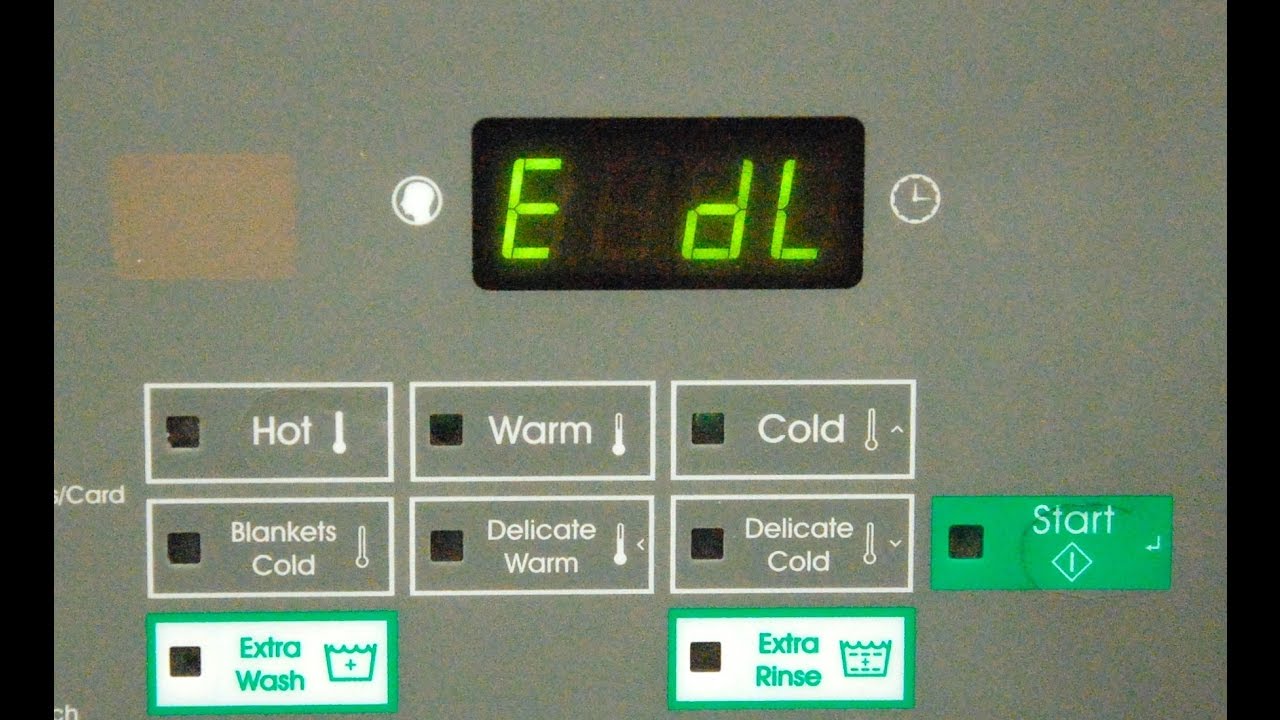
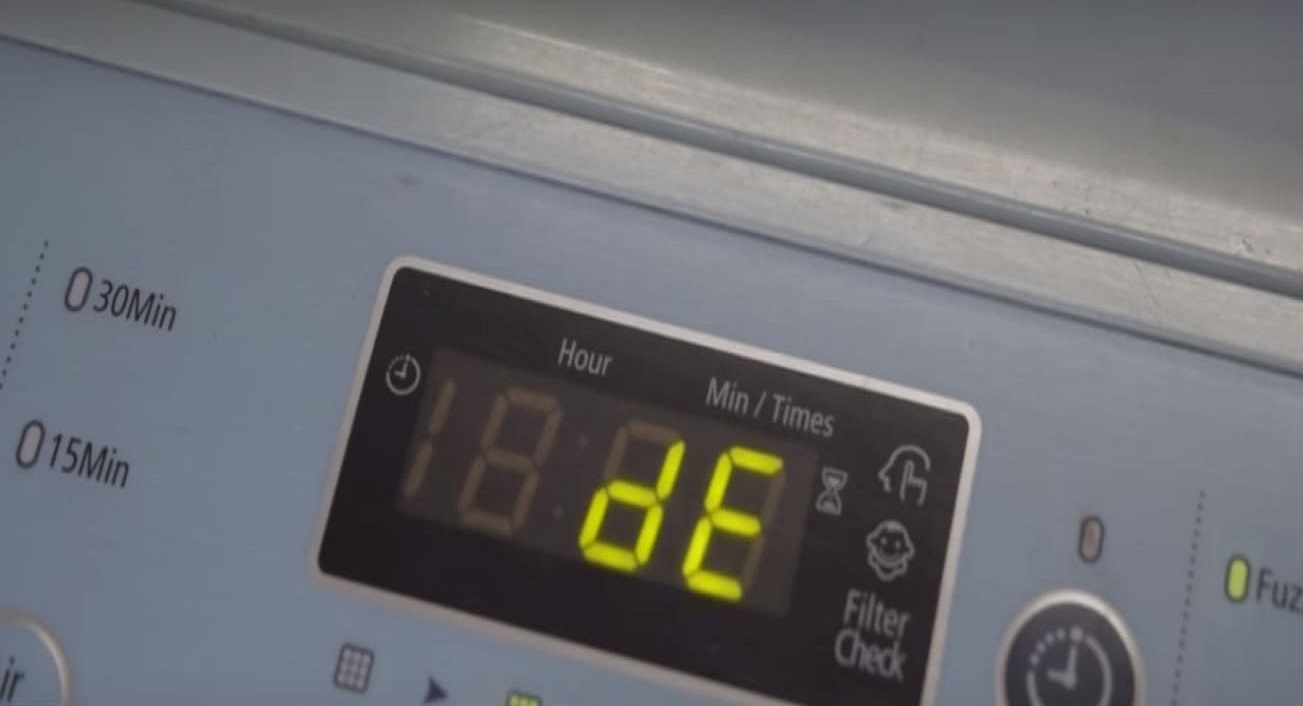
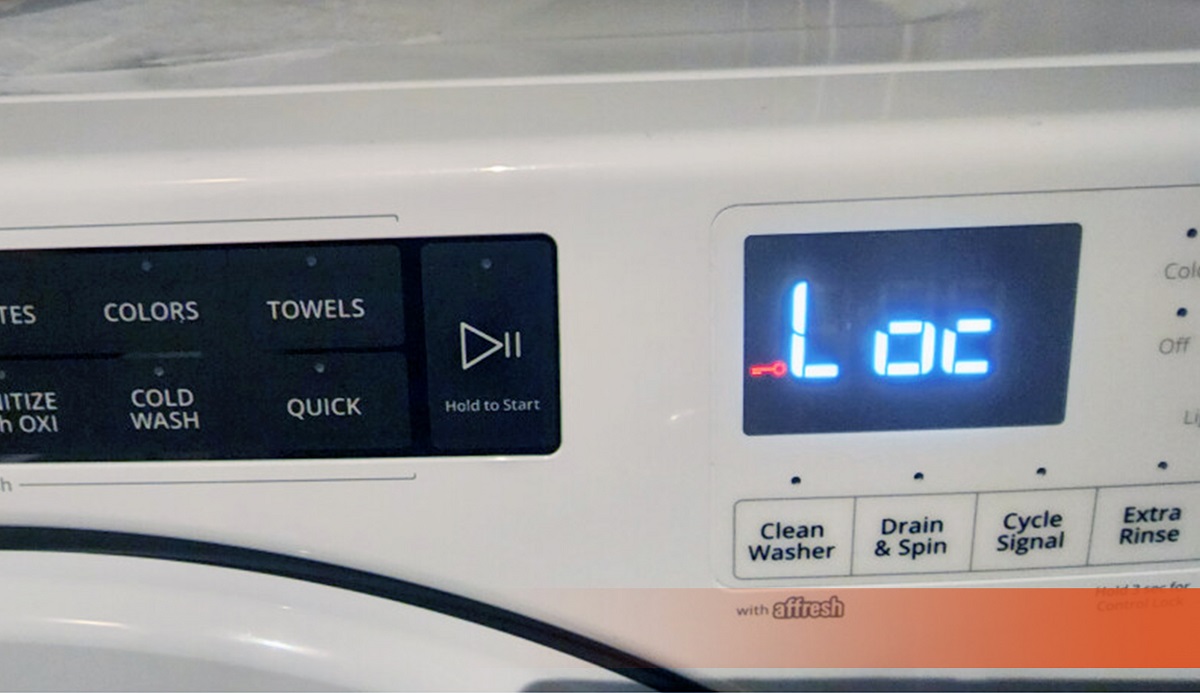
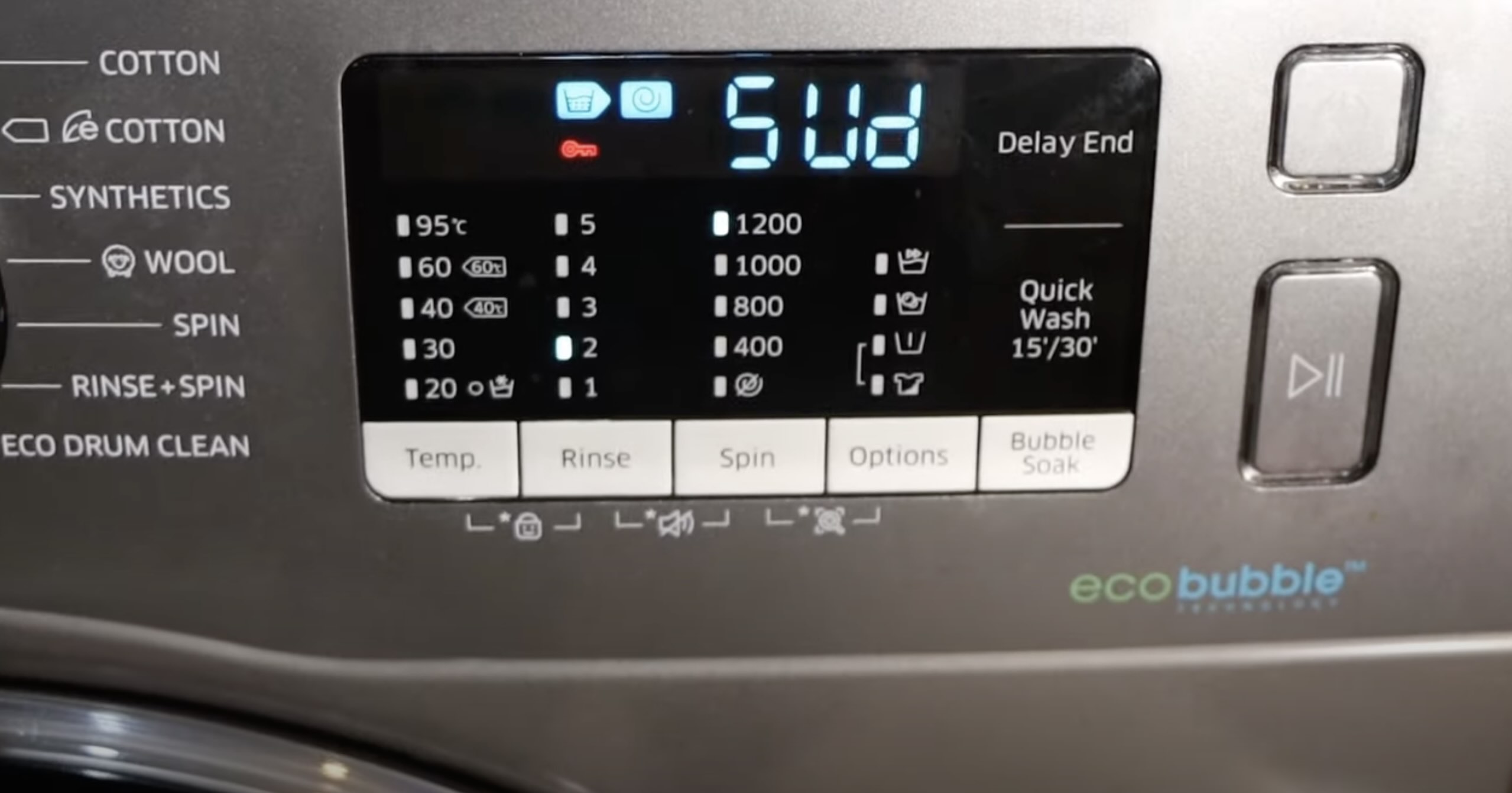
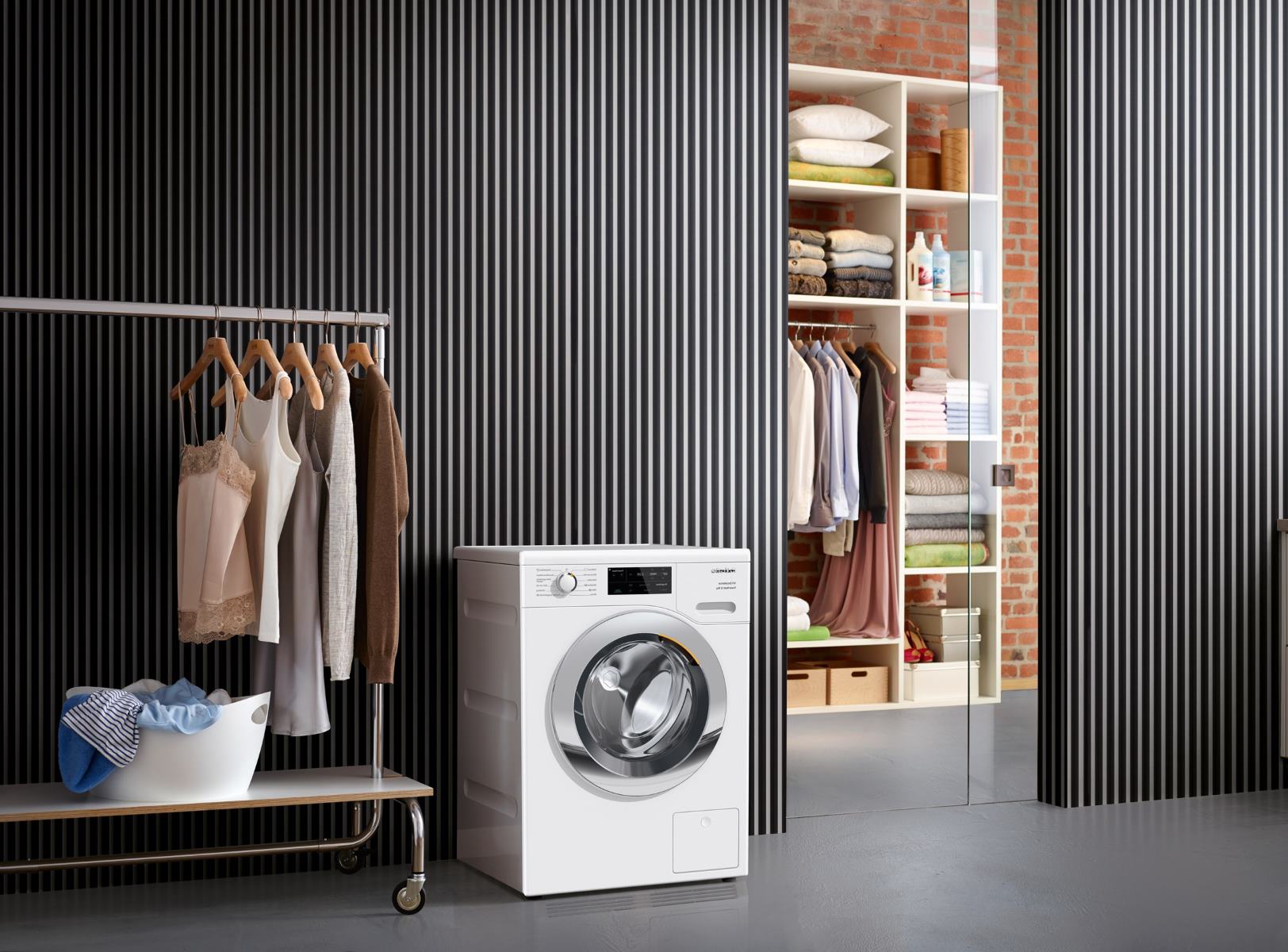
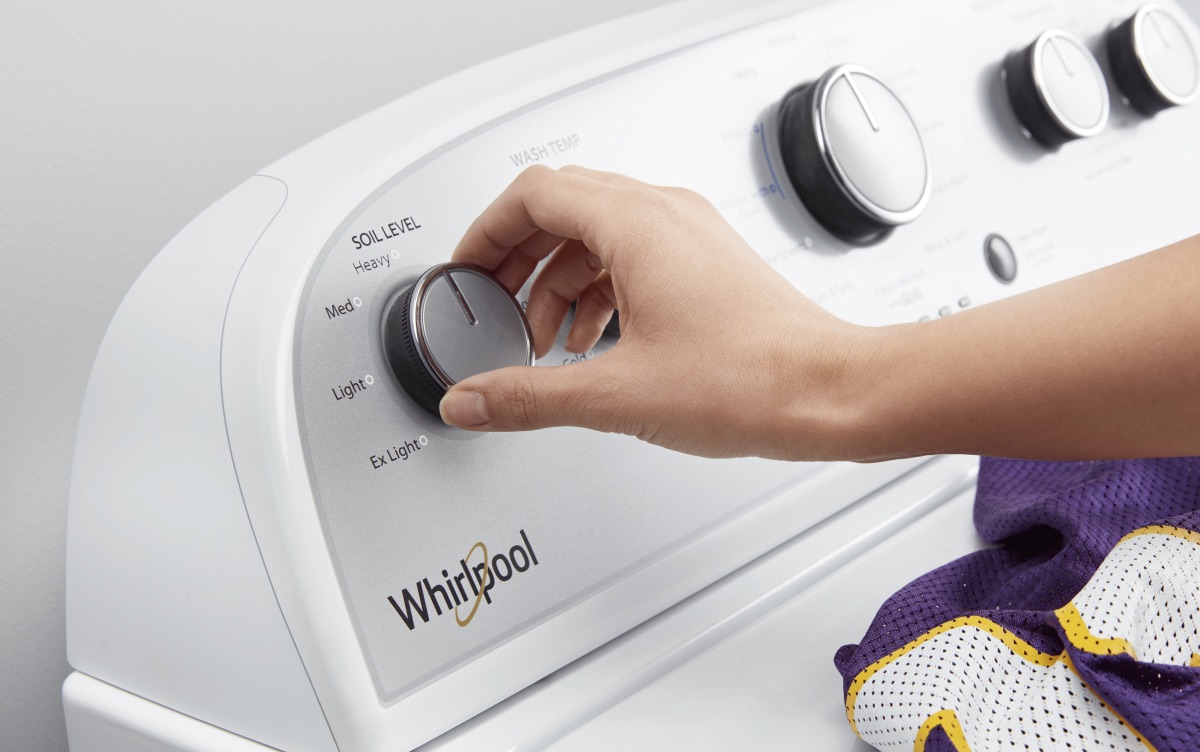
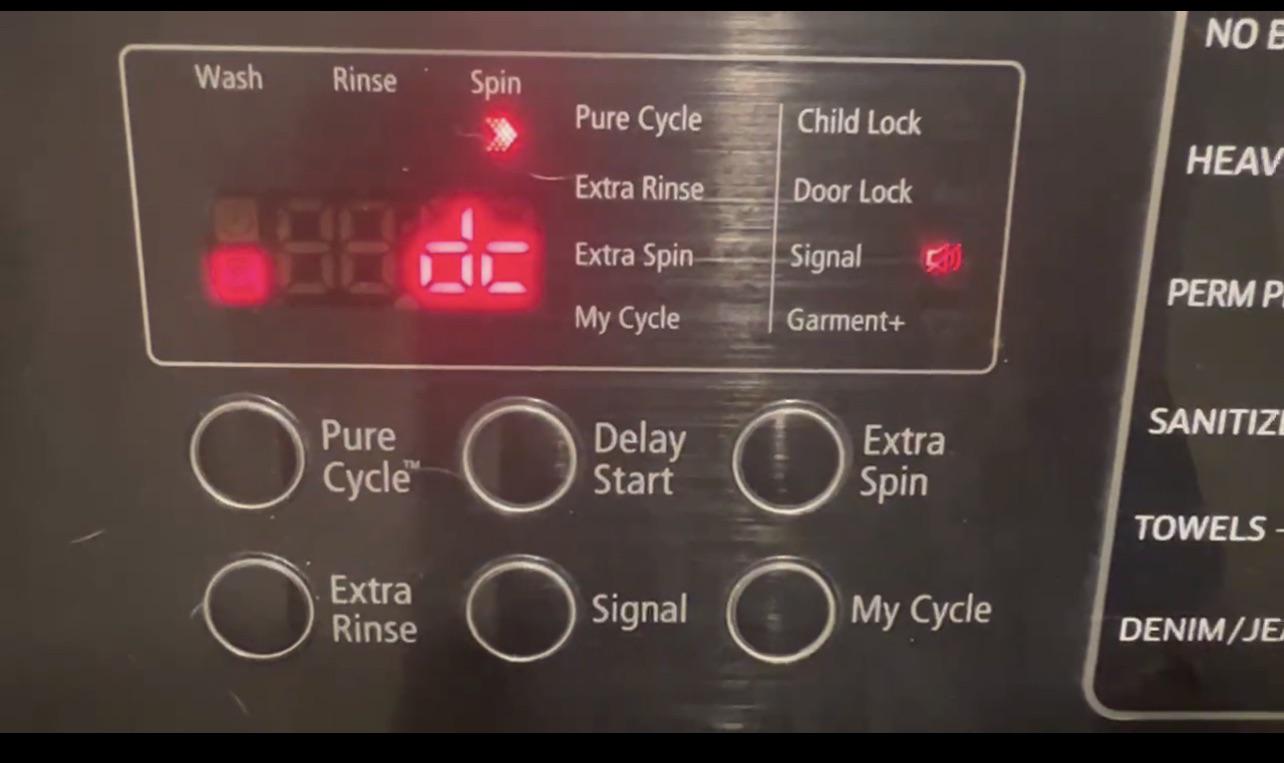
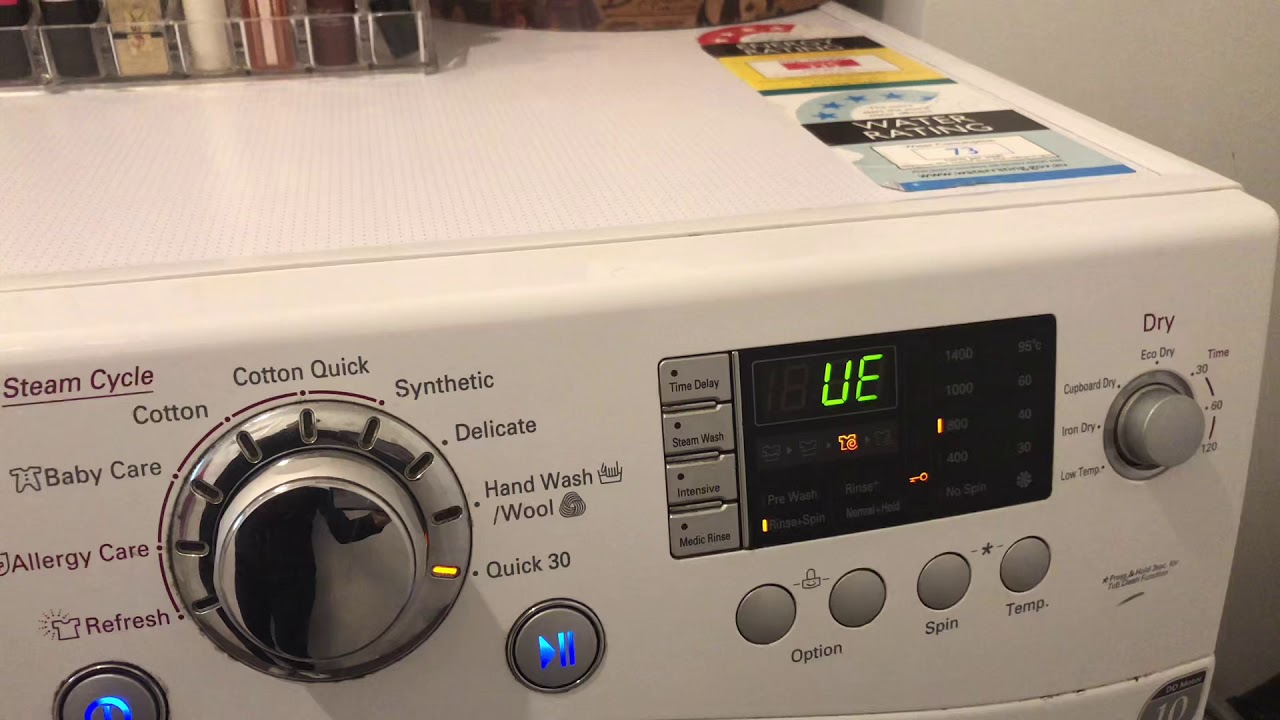
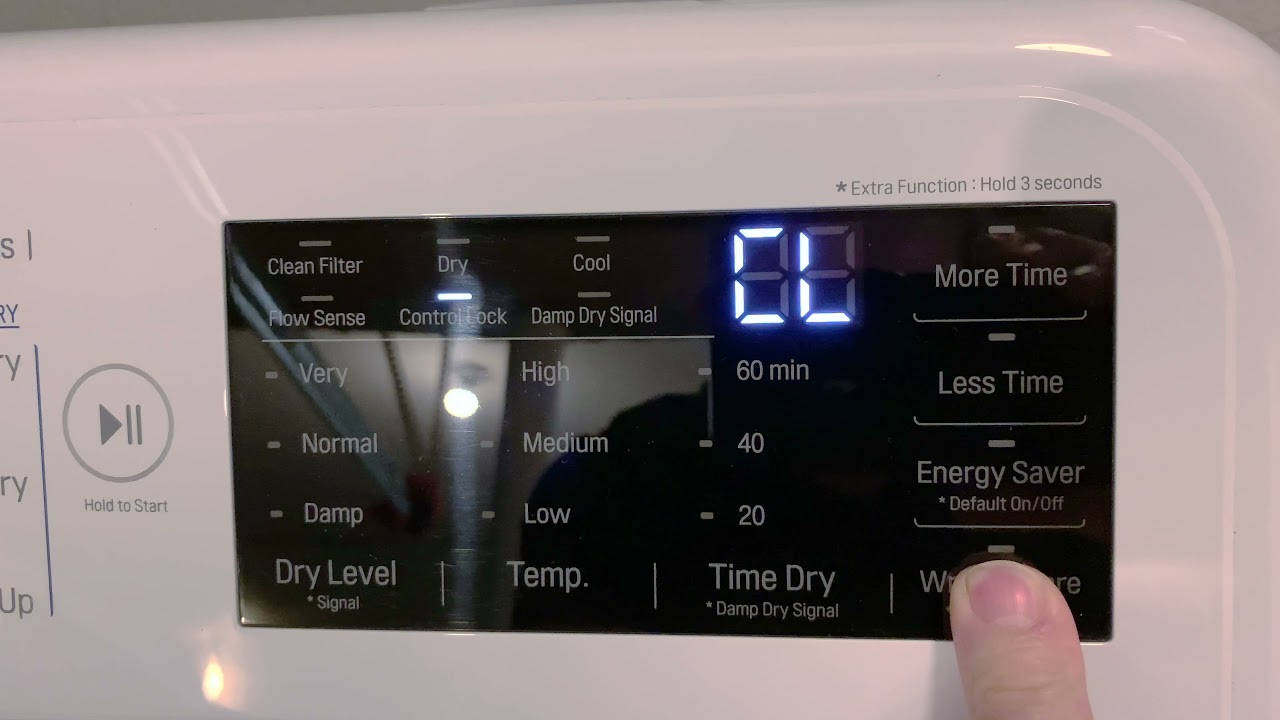

0 thoughts on “What Does E Fl Mean On A Washing Machine”